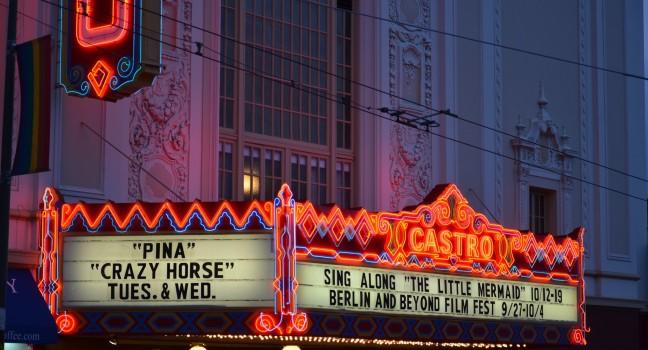Castro Theatre

Here's a classic way to join in a beloved Castro tradition: grab some popcorn and catch a flick at this 1,500-seat art-deco theater built in 1922, the grandest of San Francisco's few remaining movie palaces. The neon marquee, which stands at the top of the Castro strip, is the neighborhood's great landmark. The Castro was the fitting host of 2008's red-carpet preview of Gus Van Sant's film Milk, starring Sean Penn as openly gay San Francisco supervisor Harvey Milk. The theater's elaborate Spanish baroque interior is fairly well preserved. Before many shows, the theater's pipe organ rises from the orchestra pit and an organist plays pop and movie tunes, usually ending with the Jeanette MacDonald standard "San Francisco" (go ahead, sing along). The crowd can be enthusiastic and vocal, talking back to the screen as loudly as it talks to them. The theater's management is making renovation plans that may change the nature of the theater's offerings. Check online for updates before planning your trip.



